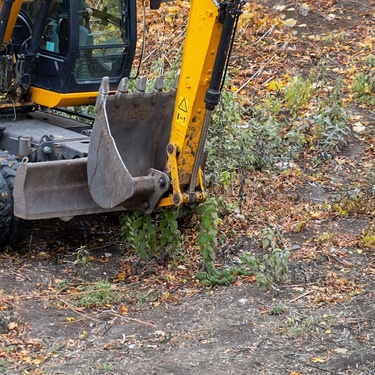
Vegetation management is an essential practice in maintaining the balance between natural landscapes and human infrastructure. It involves controlling plant growth to ensure safety, efficiency, and environmental conservation. If you’re unfamiliar with this field, keep reading to learn what vegetation management is, why it is important, and how to implement it effectively.
Understanding Vegetation Management
Vegetation management is the strategic approach to maintaining vegetation in environments such as highways, utility corridors, parks, and forests. It includes trimming trees, mowing grass, treating invasive species, and maintaining clear zones around important infrastructure. These maintenance processes minimize disruptions caused by overgrown vegetation and promote ecological health.
Why Vegetation Management Is Important
Vegetation management plays a crucial role in protecting our environment and infrastructure. Here are a few of the reasons vegetation management is such a critical field and process.
Ensuring Efficient Transportation
Overgrown vegetation along roads and railway lines can obstruct visibility of road lines and signage, leading to potential delays, accidents, or other safety hazards. Regular and proper maintenance is essential to keep these pathways clear and ensure smooth, efficient, and safe travel for everyone.
Reducing Wildfire Risks
Unmanaged, dense vegetation serves as fuel for fires, significantly increasing their intensity and severity. Proactive vegetation management is a crucial step in reducing these risks by removing flammable materials, clearing excess growth, and creating defensible spaces that slow or prevent the spread of wildfires.
Enhancing Safety
Properly managed vegetation also protects installations such as overhead powerlines, walkways, and residential areas. By keeping trees and plants under control, it minimizes the risk of electrical hazards, injuries, or falling trees and branches during storms, ensuring greater safety for the community.
Supporting Environmental Health
Vegetation management also fosters biodiversity by reducing invasive species, promoting the growth of native plants, and creating a healthier environment for wildlife. These efforts maintain the balance and integrity of natural ecosystems, ensuring they thrive for future generations.
How To Implement Vegetation Management
Implementing vegetation management requires a proactive strategy. It begins with assessing the landscape to identify high-risk areas. Collaborating with local municipalities or specialists ensures teams use proper techniques such as pruning, herbicide application, and mechanical clearing.
Using vegetation equipment promotes job safety by making management procedures more efficient and secure. Modern tools such as brush cutters, tree trimmers, and forestry mulchers enable workers to handle tasks effectively while minimizing risks.
Finally, regularly monitoring vegetation sites promotes long-term results. Seasonal reviews and maintenance schedules help adapt to changes in vegetation growth and environmental conditions.
Vegetation management will continue to be an important part of growing infrastructure and environmental preservation. Innovations in equipment and technology are making processes safer and more sustainable. A commitment to proactive vegetation management ensures safety, efficiency, and ecological harmony for future generations.
Bio: Casey is a passionate copyeditor highly motivated to provide compelling SEO content in the digital marketing space. Her expertise includes a vast range of industries from highly technical, consumer, and lifestyle-based, with an emphasis on attention to detail and readability.




















